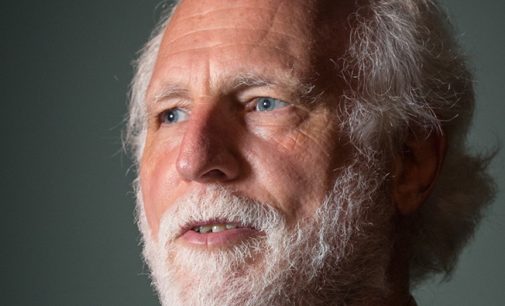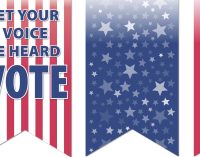Honestly, I think most 401k plans are off-the-shelf items bought from the large asset management companies, purchased by executives who want to get rid of the vexing chore of setting up a retirement plan that benefits the employees.
Basic Members

Here the intent is to make it possible for a plan/IRA to apply the QDIA safe harbor to involuntary rollovers. But how will this impact plan participants?

The tangled web of ERISA regulations grows worse each year. Is this too much for companies responsible for maintaining 401k plans?

It’s tempting to turn your attention to your company, some academic theory, or even—hush!—“best practices.” The truth is, as a fiduciary, you only have one job.

This has been the most challenging of best practices. It has evolved over the years from “you can’t do that” to “you need to do that.” What does it take to make it better? Has the technology environment changed in such a way as to address long-standing obstacles.
Here’s the real conundrum faced by 401k plan sponsors: They realize they don’t have the expertise to administer the plan. So, what do they do? It’s only natural they do seek outside help for their retirement plan. The trouble is, not all third parties are created equal. But does the average plan sponsor know this?

Not only do pooled plans reduced the administrative burden, but they can also reduce the fiduciary liability for 401k plan sponsors. If you’re not constantly looking over your shoulder, you can spend more time with your nose to the grindstone.

The central role of the recordkeeper can create reverberations with other providers should the plan sponsor attempt to change recordkeepers. Any hiccup in the employees’ ability to manage their retirement assets can cause problems for plan sponsors.












